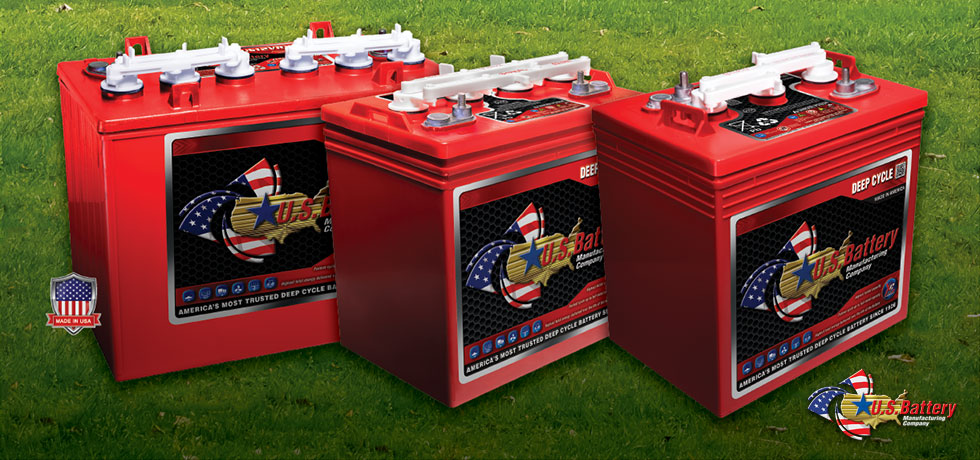
By Fred Wehmeyer, Senior VP Engineering for U.S. Battery Manufacturing, and Zachary Cox, Product And Process Engineering, U.S. Battery Manufacturing
Nobody wants a golf car that unexpectedly runs out of power. While the battery pack of a poor performing golf car may get charged regularly, there are other factors that can keep it from obtaining maximum capacity.
Perhaps one of the most important
factors, is understanding your battery’s overall capacity, which include runtime in minutes and amp-hour capacity. These indicators, provided by the battery manufacturer, are designed to give you an estimate to the amount of time in which a battery can deliver power under a specified load. While these ratings provide a good baseline for battery performance, there are other factors to consider that can affect your golf car’s overall runtimes.
Time To Reach Full Capacity
Unlike your typical car battery, new deep cycle golf car batteries do not reach full capacity until they have undergone several charge and discharge cycles. Depending on the manufacturer, they can take anywhere from 25 to 125 cycles before reaching full capacity. This is due to the active material on the battery plates not being fully converted until the battery has undergone multiple charge and discharge cycles. When you install new batteries to your golf car, consider that it will only operate at approximately 75 percent of its rated capacity and will increase as the batteries are used.
Discharge Load
Knowing the discharge load of your golf car is also critical in determining,the battery pack’s runtime. As an example, most 48-volt motors can draw approximately 56 amps from the battery pack. For 36-volt cars, the motor can draw roughly 75 amps on average. This is why most golf car batteries have 56A and 75A ratings listed on the label. When selecting a battery, use one that has the same amp-hour rating that best matches to your vehicle, to maximize its overall runtime.
Temperature
Battery performance can also be affected by temperature. The rule of thumb is that for every 20 degrees below 80⁰ F, the battery loses 10-12 percent of its available capacity. Temperatures above 80⁰ F have the opposite effect and actually increase battery performance, but at the cost of shortening battery life. Keep this in mind when charging your batteries too. Extreme low temperatures can cause undercharging while high temperatures can lead to overcharge conditions.
Tips To Maximize Battery Capacity
Once you select the right batteries for your application there are basic maintenance tips to further ensure that your golf car will get maximum capacity.
- Fully charge batteries before being put into service and after every use.
- Maintain regular maintenance including adding water, checking connections, opportunity charging, and perform a monthly equalization charge.
- Manage the depth of discharge. Limit the discharge of your battery pack to less than 50-percent of discharge. This will greatly improve battery life and performance.
- Use high rated capacity batteries. Discharge rates often increase as golf car motors get older or when heavy loads are added to your vehicle.
- Take specific gravity readings regularly. Using a hydrometer is an inexpensive and easy way to determine DOD and to see the health and state of charge of the battery pack. Consult the battery manufacturer for information on specific gravity readings.
Along with regular maintenance following these tips can dramatically increase the overall life span of the batteries and maximize your vehicle’s run-time. For more information on battery maintenance, capacity, and runtime ratings, visit www.usbattery.com.












